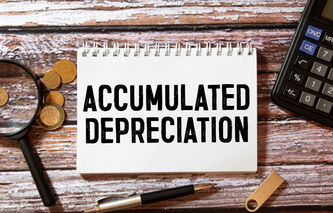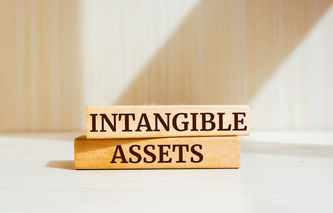Definition
The financial accounting term book value refers to the original cost of an asset minus the accumulated depreciation on that same asset. The total book value of all assets can be found on the company's balance sheet.
Book value can also refer to the net value of a company, which is calculated by taking total assets and subtracting intangible assets and liabilities.
Calculation
Book Value of an Asset = Original Cost - Accumulated Depreciation
Book Value of a Company = Total Assets - Intangible Assets - Liabilities
Explanation
Also known as the carrying value of an asset, book value is the un-depreciated balance of an asset appearing on the balance sheet. As the serviceable life of an asset declines, depreciation expense is used to allocate the original cost to the accounting periods in which it is used. Depreciation allows the cost of a balance sheet item (an asset) to flow smoothly to the income statement (as an expense) over its serviceable life.
Accumulated depreciation is the total of all the depreciation expense for an asset. Subtracting the accumulated depreciation from the original cost allows the balance sheet to accurately reflect the remaining economic value of that item.
Example
Three years ago, Company A purchased a production machine for $1,000,000. The asset has a useful life of ten years. The straight line method of depreciation results in an expense of $100,000 per year. The accumulated depreciation balance would be 3 x $100,000, or $300,000. The book value of the production machine would be:
Original Cost of Asset | $1,000,000 |
Less: Accumulated Depreciation | $300,000 |
Net Book Value | $700,000 |





.png)